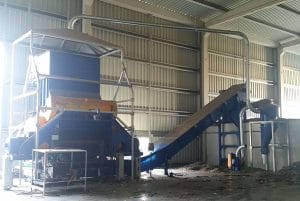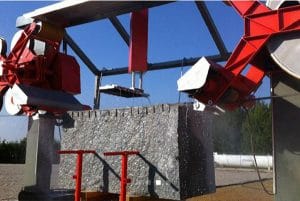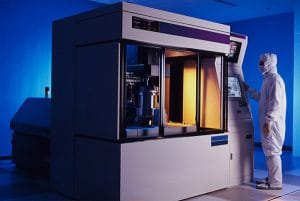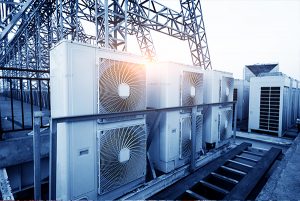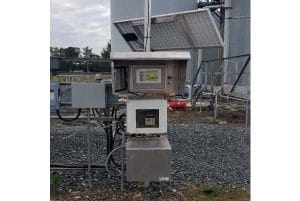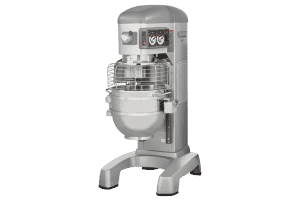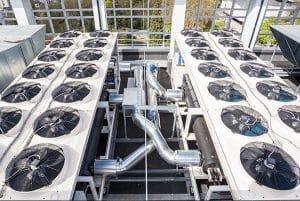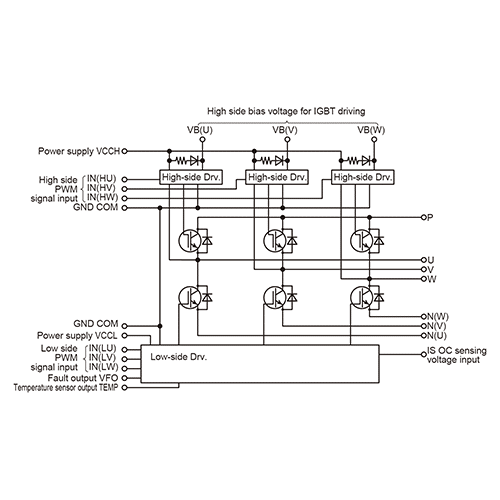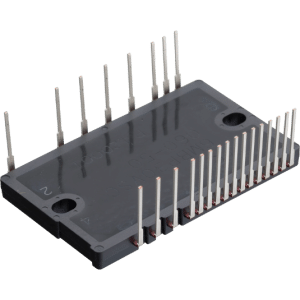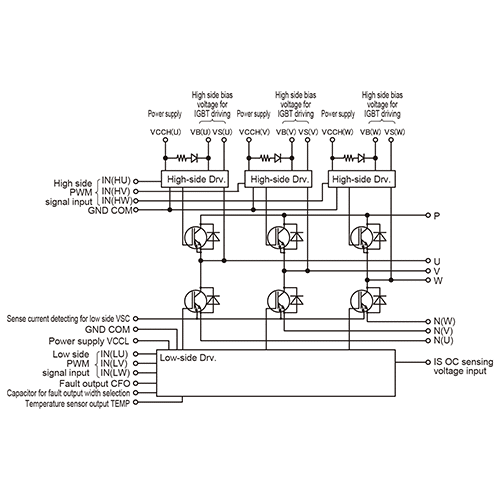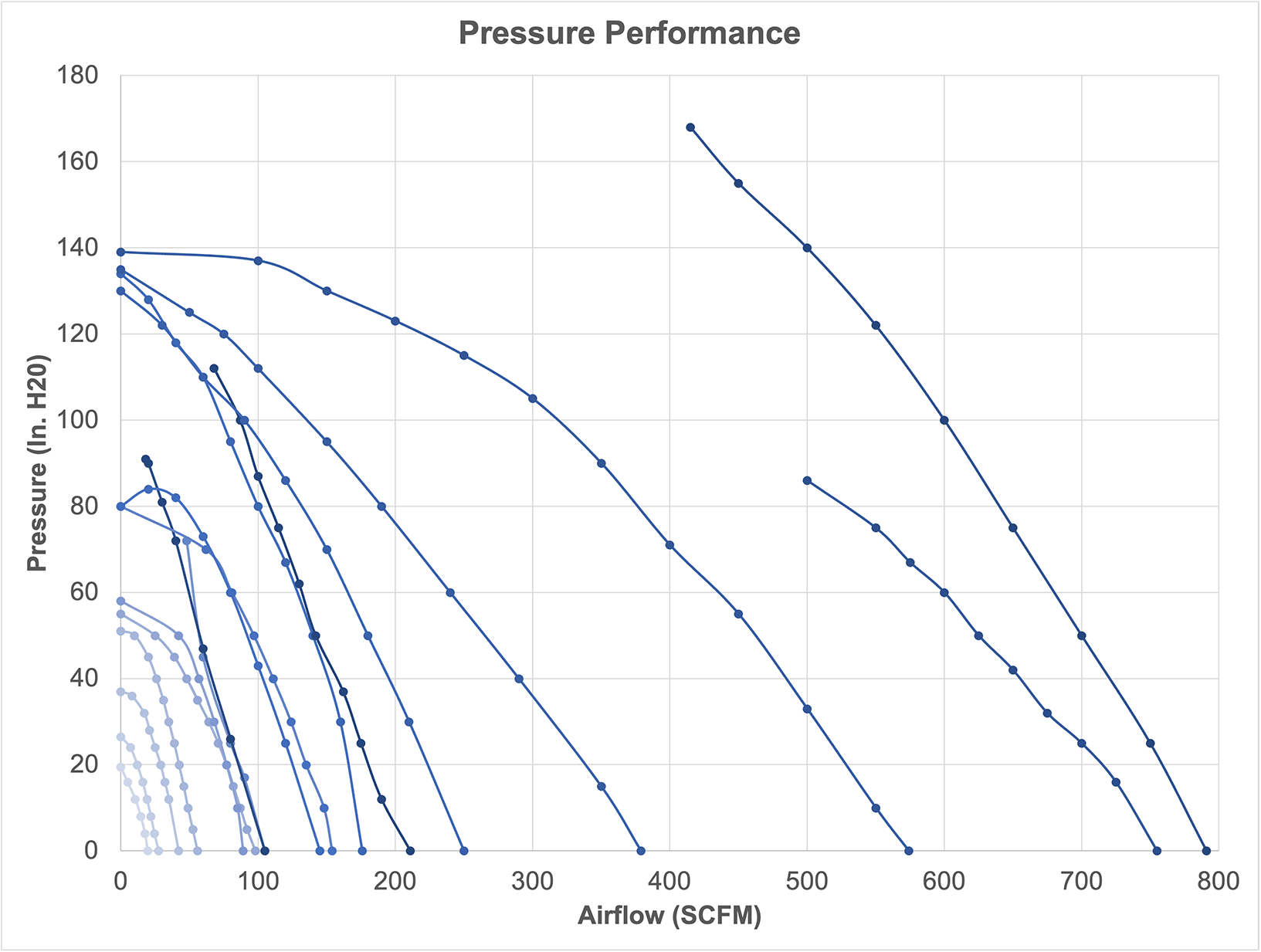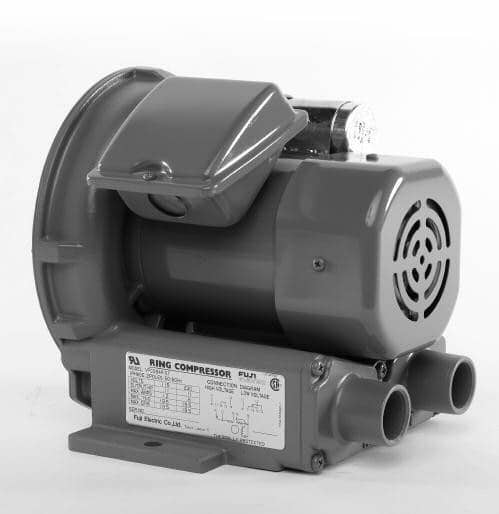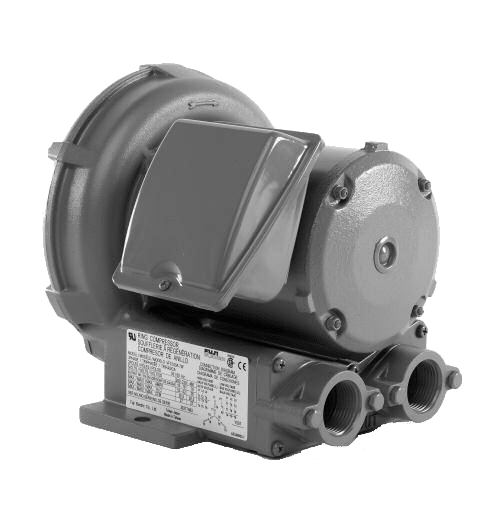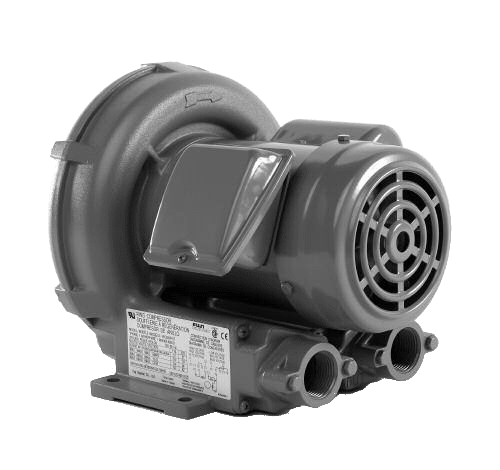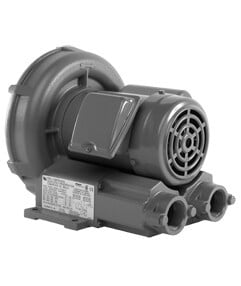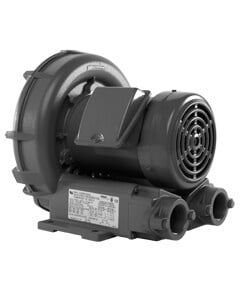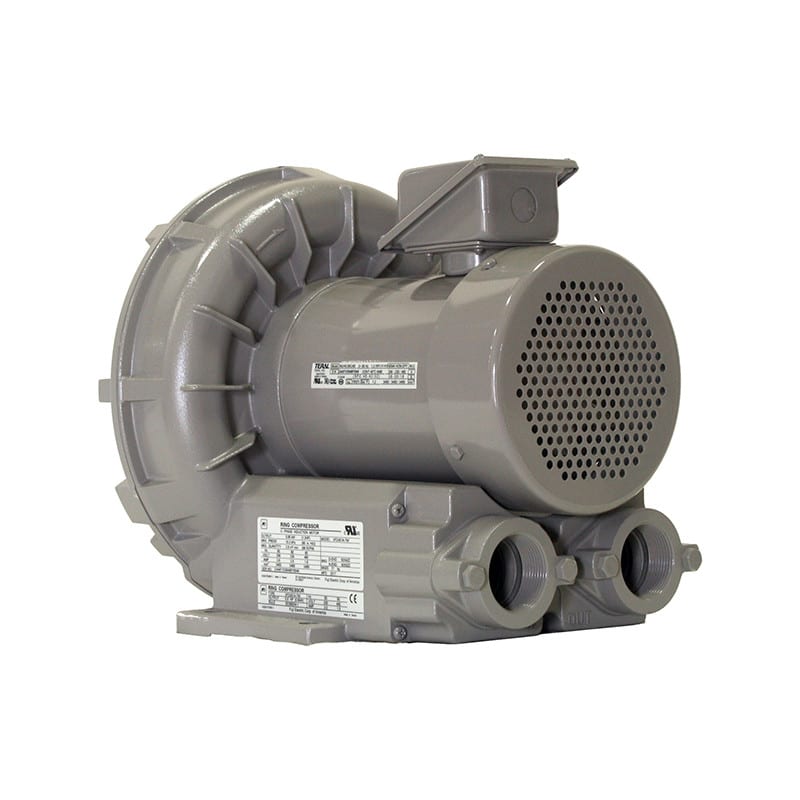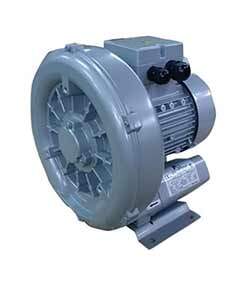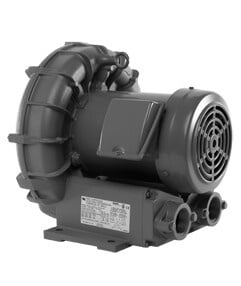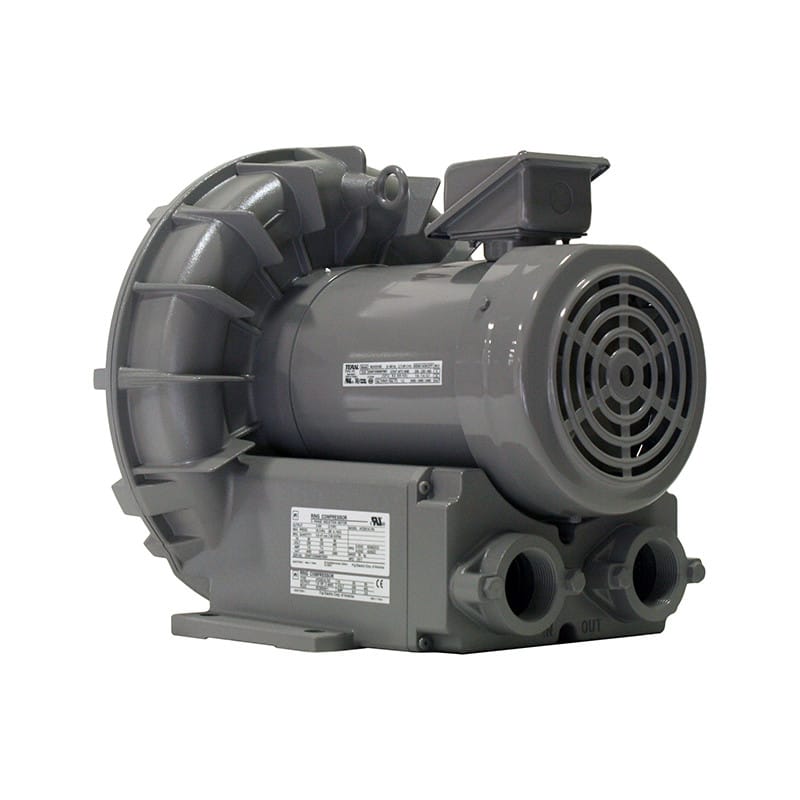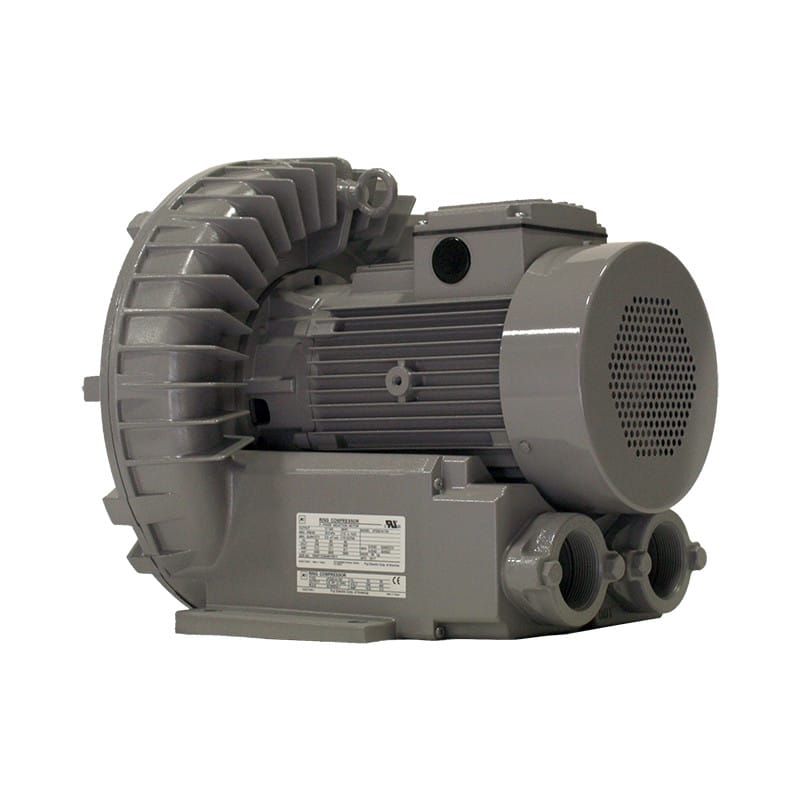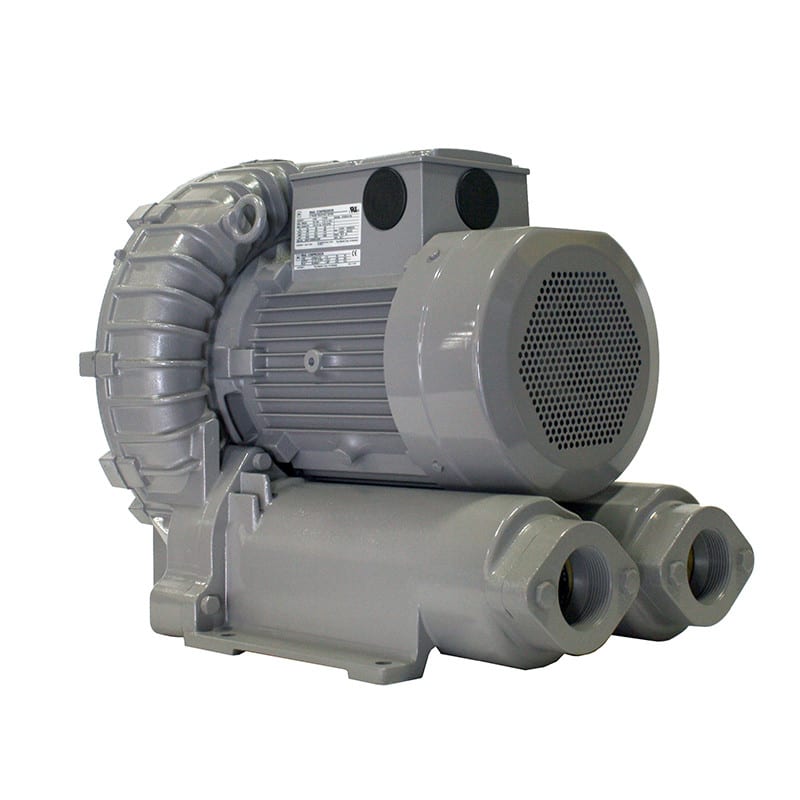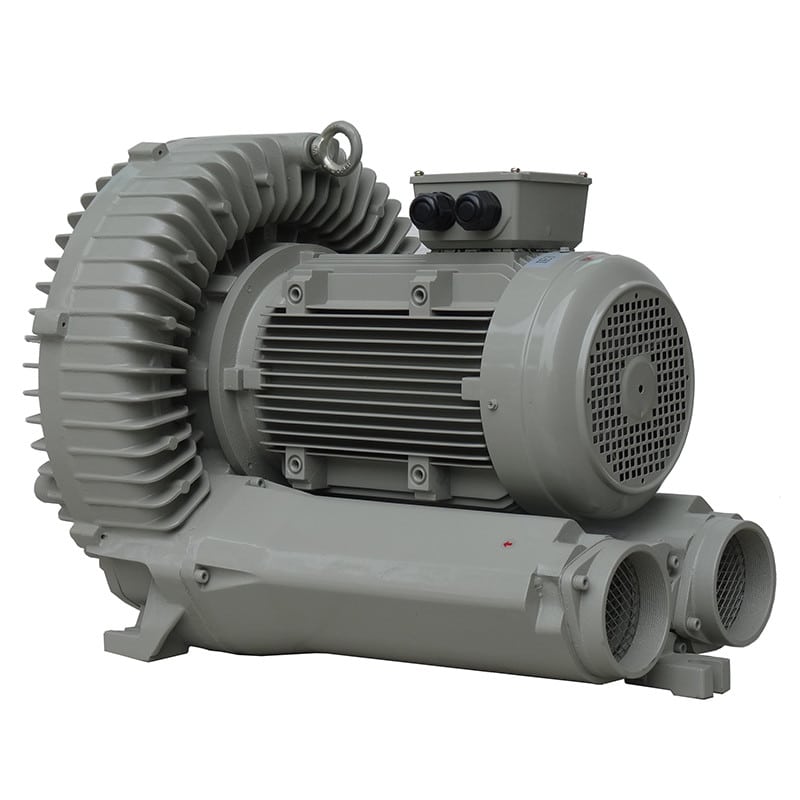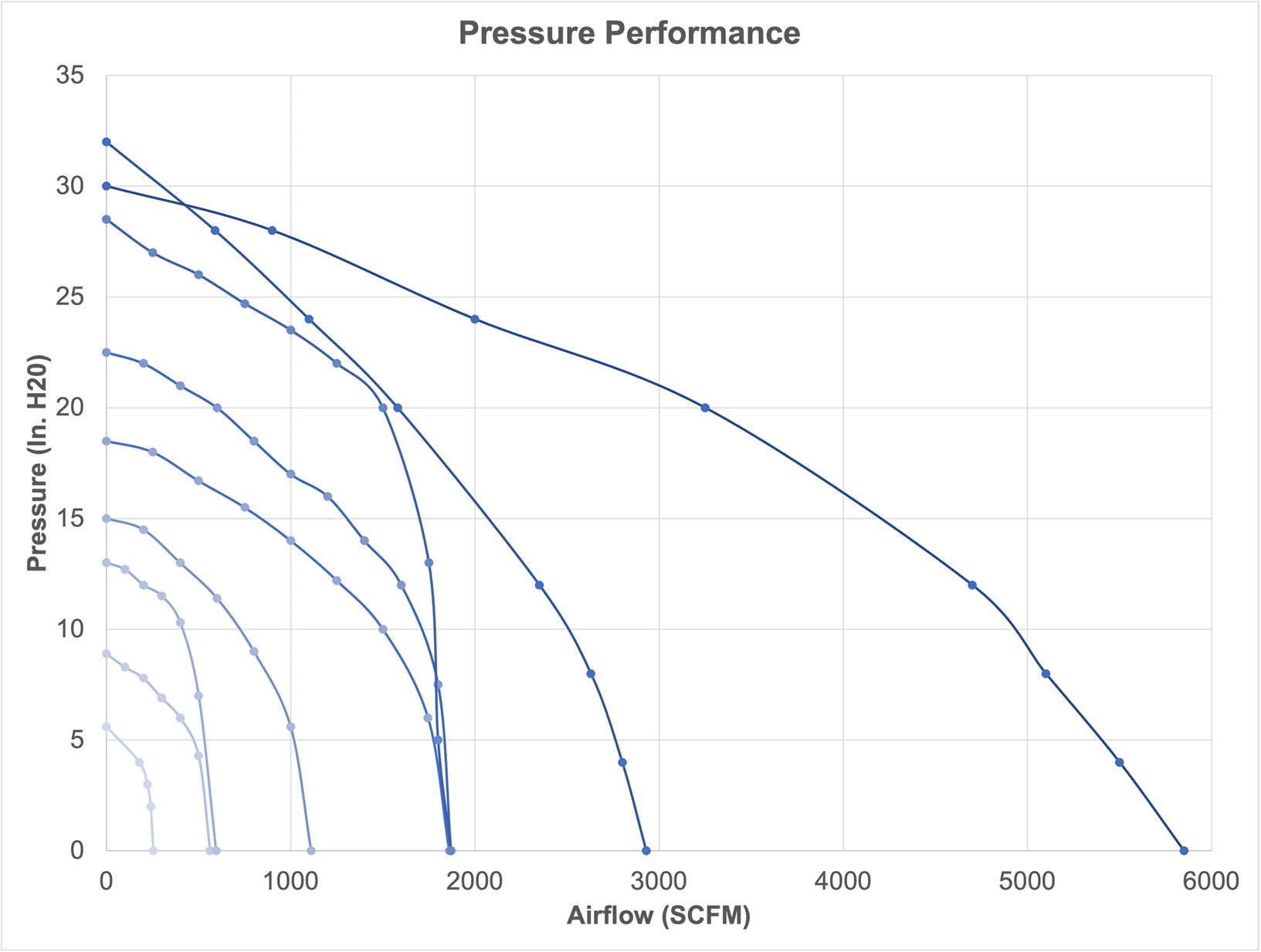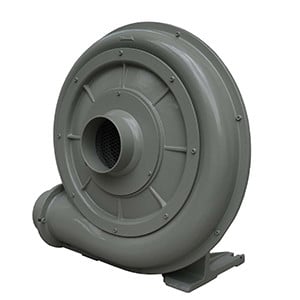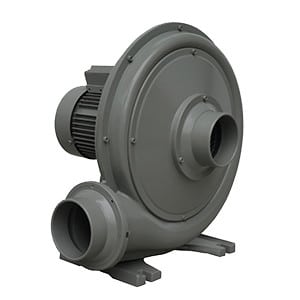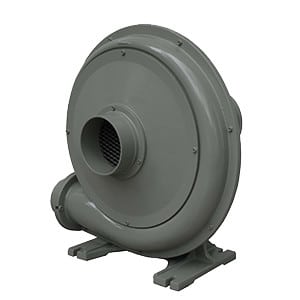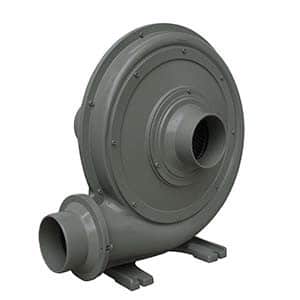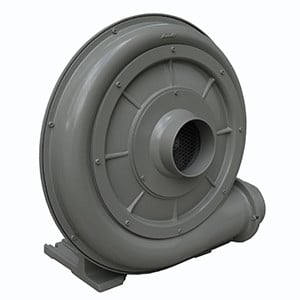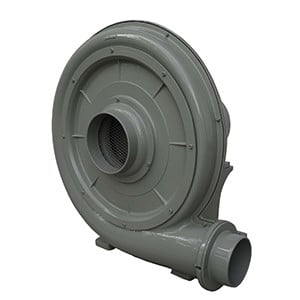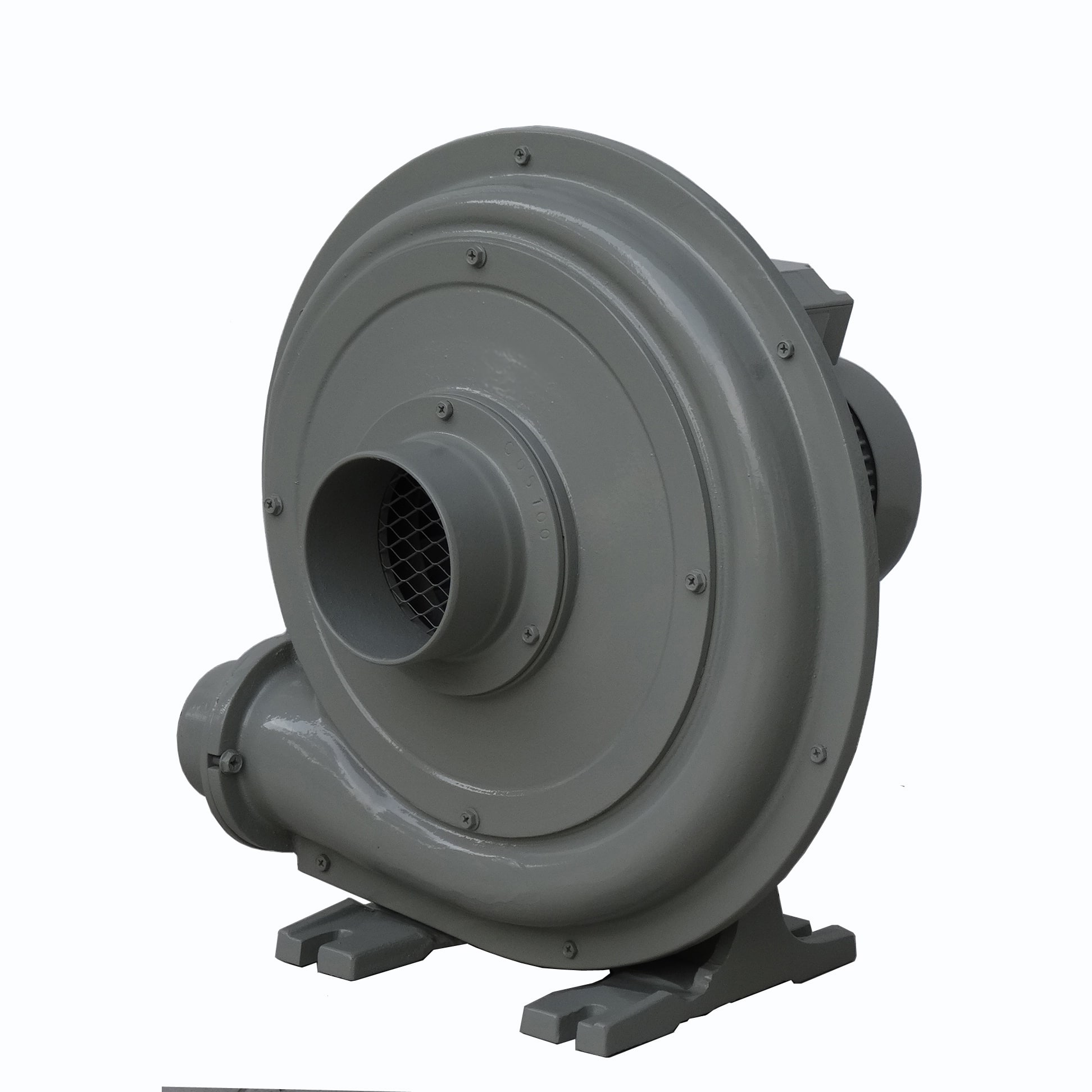In today’s fast-paced and technology-driven world, maintaining a continuous power supply is critical for various industries and applications. Uninterruptible Power Supply (UPS) systems and generators are both vital components in ensuring this continuous power, especially during outages. When used together, they form a robust power protection system. This article explores the role of a UPS when used in conjunction with a generator and how they complement each other to provide reliable power.
- Bridging the Power Gap
Functionality: One of the primary roles of a UPS when paired with a generator is to bridge the power gap that occurs during the transition from the main power supply to the generator.
How It Works:
- Instant Response: When a power outage occurs, the UPS immediately switches to battery power, ensuring that connected equipment continues to operate without interruption.
- Seamless Transition: The UPS provides power during the few seconds to minutes it takes for the generator to start up and stabilize, eliminating any potential downtime.
- Power Quality Management
Functionality: UPS systems play a crucial role in maintaining power quality by filtering and regulating the power supplied to critical equipment, which is especially important during the switch-over period to generator power.
How It Works:
- Voltage Regulation: The UPS regulates voltage levels, protecting sensitive equipment from voltage spikes, sags, and other power anomalies that can occur during generator start-up.
- Harmonic Filtering: Some UPS systems include harmonic filtering capabilities, which ensure that the power supplied is clean and stable, reducing the risk of damage to sensitive electronics.
- Ensuring Operational Continuity
Functionality: The combination of a UPS and a generator ensures operational continuity for businesses and critical applications, preventing disruptions that can lead to data loss, operational downtime, and financial losses.
How It Works:
- Immediate Backup: The UPS provides an immediate power backup, preventing any interruptions in operations until the generator is fully operational.
- Extended Backup: Once the generator is running, it provides long-term power support, allowing operations to continue indefinitely during extended outages, as long as fuel is available.
- Reducing Generator Wear and Tear
Functionality: UPS systems can help reduce the wear and tear on generators by managing short-term power outages and voltage fluctuations without engaging the generator for brief interruptions.
How It Works:
- Short-Term Management: For short power interruptions, the UPS can handle the load, preventing unnecessary generator start-ups.
- Enhanced Longevity: By reducing the number of start-stop cycles, the UPS helps extend the life of the generator and reduce maintenance costs.
- Synchronized Power Management
Functionality: Modern UPS systems are often equipped with intelligent power management features that synchronize with generators to optimize power distribution and usage.
How It Works:
- Load Management: The UPS can manage and prioritize loads, ensuring that critical systems receive uninterrupted power while less critical systems are powered down or delayed until stable generator power is available.
- Communication: Advanced UPS systems can communicate with generators to synchronize power transitions and ensure smooth operation, minimizing the risk of power disturbances.
Applications and Benefits
Applications:
- Data Centers: Ensuring continuous operation of servers and IT infrastructure during power outages.
- Healthcare: Providing uninterrupted power to critical medical equipment and facilities.
- Industrial Operations: Maintaining the functionality of critical manufacturing processes and equipment.
- Telecommunications: Ensuring continuous operation of communication networks and equipment.
Benefits:
- Enhanced Reliability: The combination of UPS and generators provides a highly reliable power backup solution, ensuring continuous operation during power outages.
- Operational Efficiency: By maintaining power quality and managing transitions smoothly, this setup enhances operational efficiency and minimizes the risk of downtime.
- Cost Savings: Reducing generator wear and tear and optimizing power usage can lead to significant cost savings in maintenance and fuel consumption.
Conclusion
The role of an Uninterruptible Power Supply (UPS) in conjunction with a generator is vital in ensuring continuous and reliable power supply for critical applications. The UPS provides immediate backup power during outages, maintains power quality, and bridges the gap until the generator starts up and stabilizes. This combination not only enhances operational continuity and reliability but also helps in reducing generator wear and tear, ultimately leading to cost savings and improved efficiency.
For organizations that rely on uninterrupted power for their operations, the integration of a UPS and generator system is a crucial investment in ensuring resilience and operational stability.





